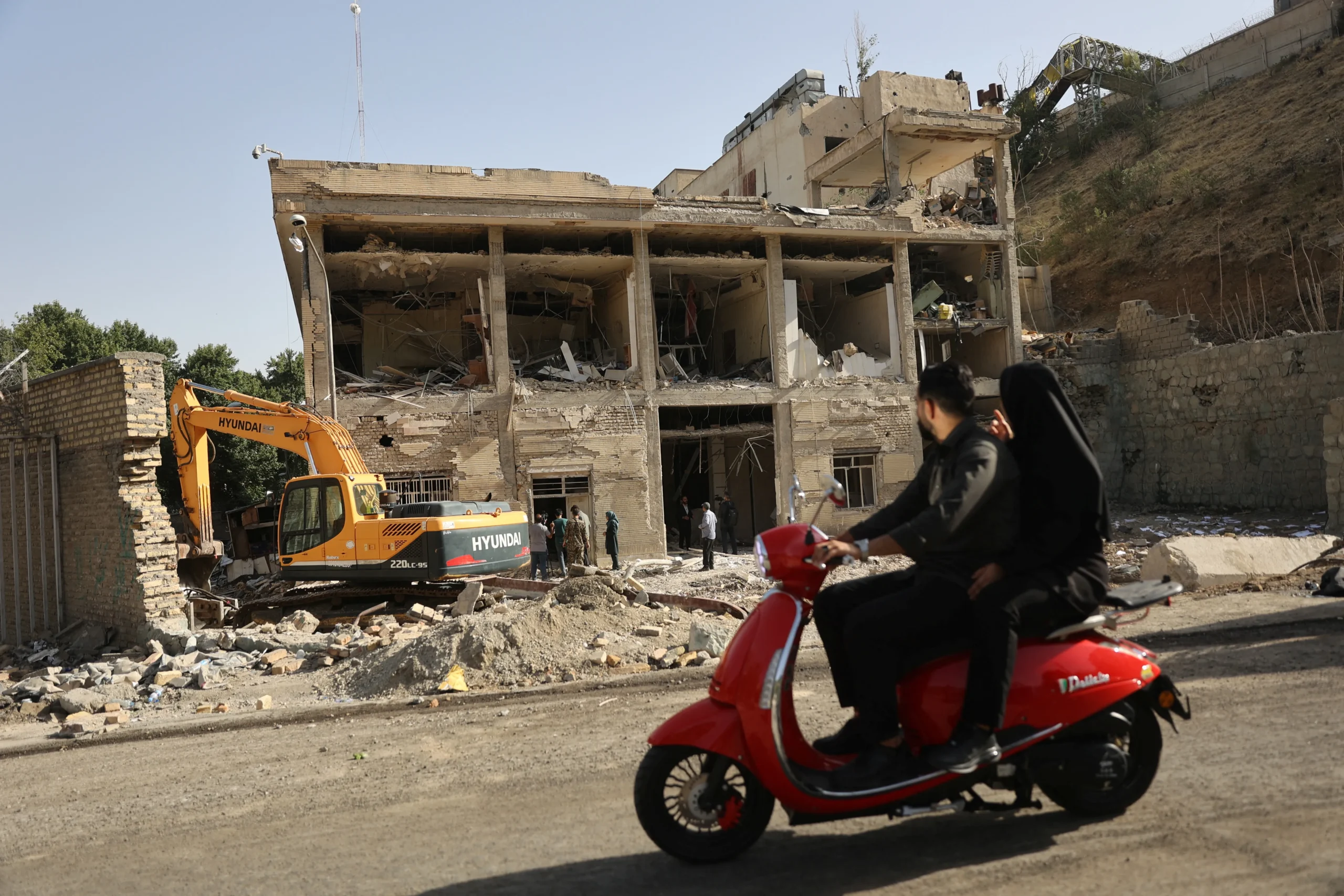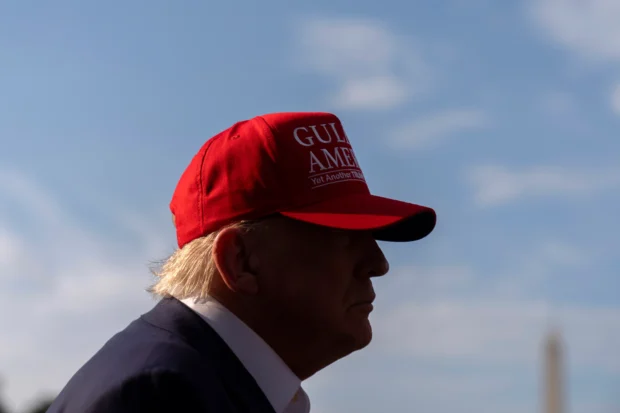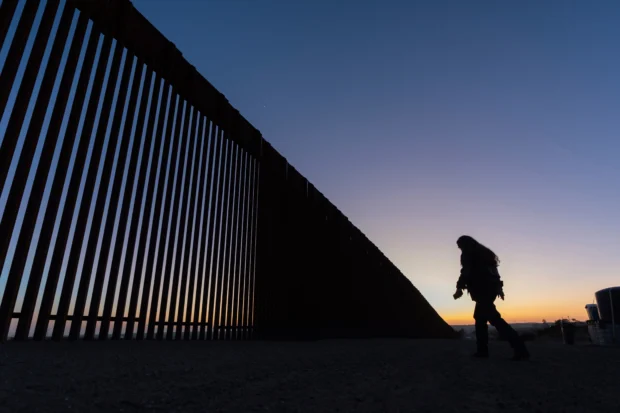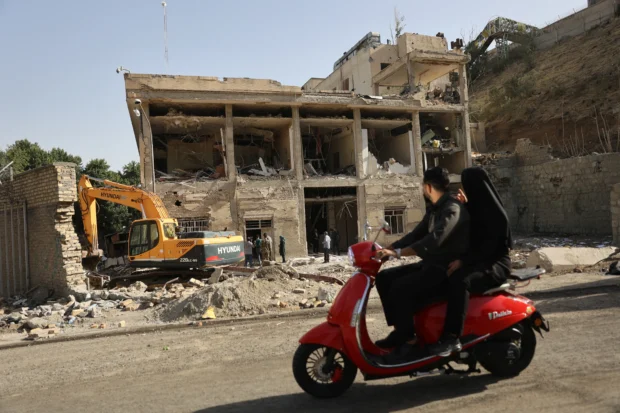
The Pentagon has stated that recent U.S. military strikes against Iran have set back the country’s nuclear program by one to two years, supporting President Donald Trump’s assertions about the operation’s effectiveness.
Defense Department spokesperson Sean Parnell announced Wednesday that three targeted Iranian nuclear facilities were destroyed during what he called a “bold operation.”
“We have degraded their programme by one to two years at least,” Parnell told reporters. “Intel assessments inside the department assess that.”
Since B-2 stealth bombers conducted strikes on June 21, Trump has repeatedly defended the attacks against suggestions they failed to significantly damage Iran’s nuclear capabilities. The president has maintained that Iran’s nuclear program was “obliterated like nobody’s ever seen before.”
However, conflicting assessments have emerged. An initial U.S. intelligence evaluation leaked to media outlets last month suggested the strikes only delayed Iran’s nuclear work by months rather than years, failing to destroy key program components.
Iran has provided limited details about damage to its nuclear sites. While some Iranian officials acknowledge significant damage from U.S. and Israeli attacks, Supreme Leader Ali Khamenei stated last week that Trump had “exaggerated” the strikes’ impact.
No independent assessment of the attack’s aftermath exists. The strikes occurred during a 12-day conflict between Israel and Iran, with visual satellite analysis unable to fully capture damage at underground facilities, particularly Iran’s largest enrichment site at Fordow.
The location and condition of Iran’s highly enriched uranium stockpiles remains unclear. Iran’s nuclear agency and neighboring state regulators reported no radioactivity spikes following the bombings, though Rafael Grossi, head of the International Atomic Energy Agency (IAEA), noted uncertainty about potential uranium container damage.
“We don’t know where this material could be or if part of it could have been under the attack during those 12 days,” Grossi told CBS News. “So some could have been destroyed as part of the attack, but some could have been moved.”
Satellite imagery showed trucks departing Fordow before the strikes. Grossi indicated Iran could resume uranium enrichment within “a matter of months.”
The targeted facilities were previously under IAEA surveillance, but Iran’s nuclear program now operates without international oversight. Following the conflict, Iran’s parliament suspended IAEA cooperation, citing the agency’s failure to condemn attacks on nuclear facilities.
The Geneva Conventions prohibit attacks on nuclear installations. Before the war began June 13, Tehran alleged the IAEA shared information about Iran’s nuclear program with Israel, claims the agency denied.
The State Department called Wednesday for Iran to restore IAEA access. “It is unacceptable that Iran chose to suspend cooperation with the IAEA at a time when it has a window of opportunity to reverse course,” spokeswoman Tammy Bruce stated.
Israel initiated attacks on June 13 without direct provocation, claiming preemptive action against Iran’s nuclear weapons development. Iran denies pursuing nuclear weapons, while Israel reportedly maintains an undeclared nuclear arsenal.
Israeli strikes killed hundreds of Iranian civilians, including nuclear scientists and military officials. Iran responded with missile barrages causing destruction and 29 Israeli deaths.
Ten days into the conflict, the U.S. joined the campaign, bombing Iran’s nuclear facilities. Iran retaliated by striking a U.S. air base in Qatar without casualties.
Trump subsequently announced a ceasefire. Officials from both countries have characterized the war’s outcome as a “historic victory,” though with differing interpretations of success.












Be the first to leave a comment